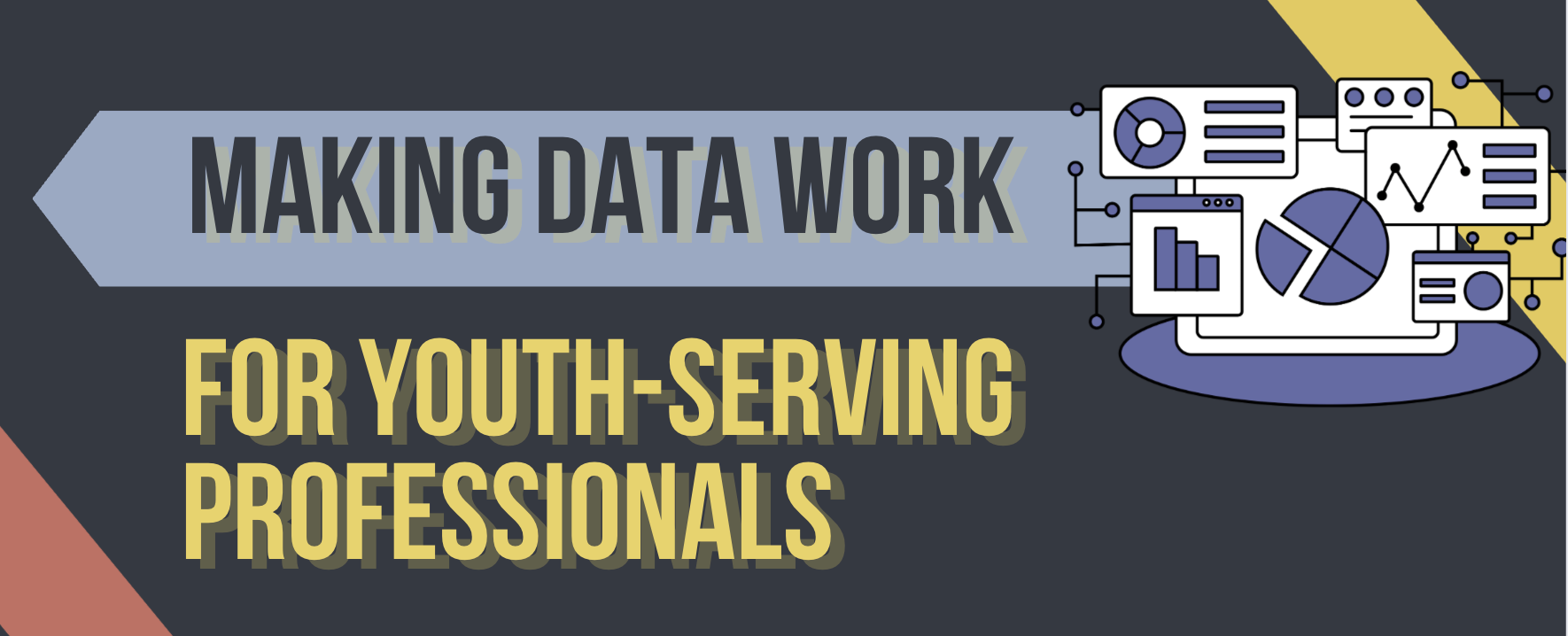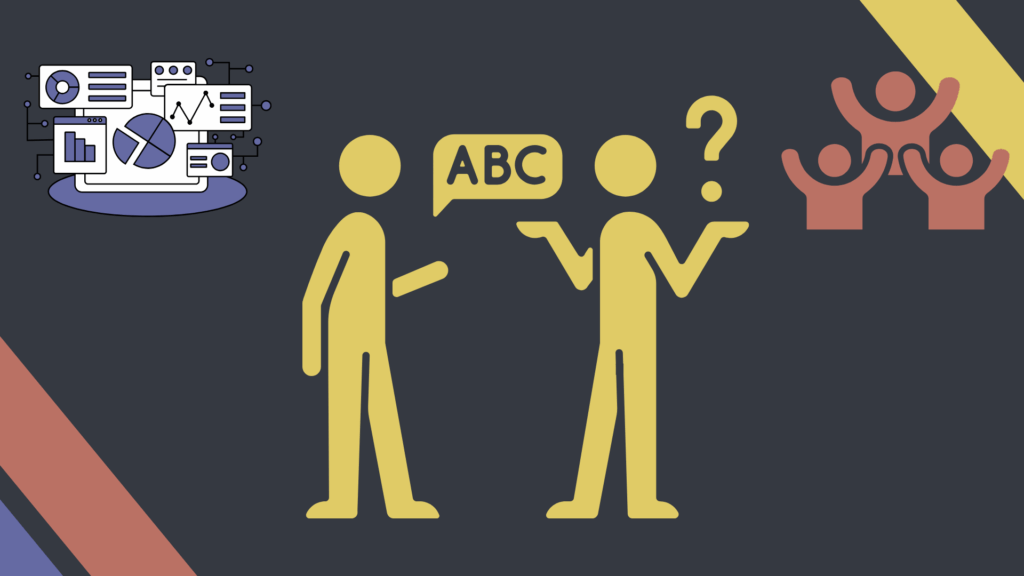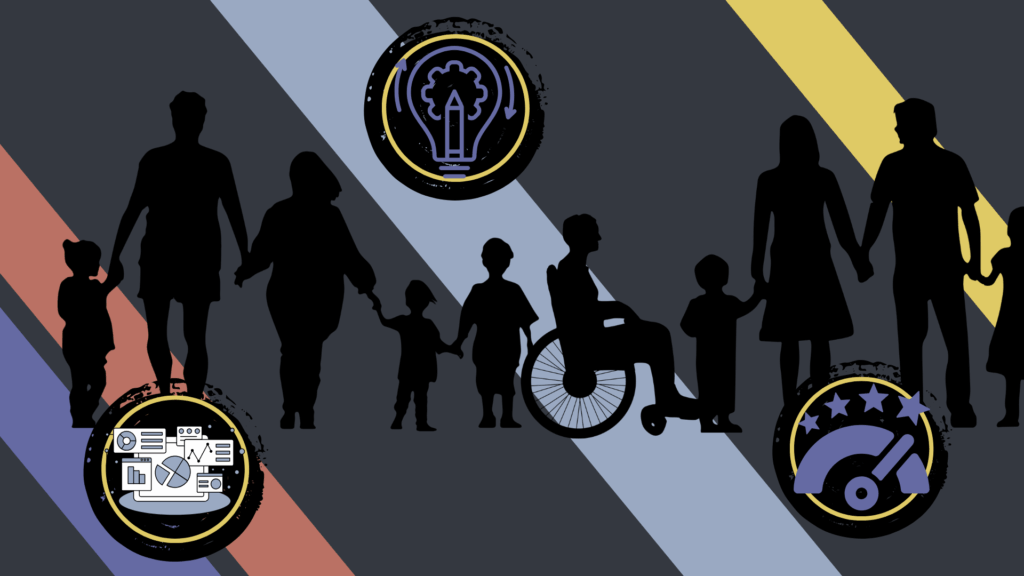Making Data Work for Youth-Serving Professionals

Posted in Announcements
How do we truly know our programs are making a difference–not just in numbers, but in the real lives of system-involved youth and families?
In youth-serving systems, the most effective leaders balance two essential instincts: professional judgment and hard evidence. Whether in youth justice, child welfare, behavioral health, education, or community-based services, professionals often rely on intuition and lived experience to guide their work. However, in an era when public systems must demonstrate outcomes, intuition and anecdotes alone are insufficient to drive sustainable system transformation.
To achieve system change and improve outcomes for youth, decision-makers and practitioners require clear, relevant, and actionable information. Data enables us to identify patterns, measure progress, and uphold accountability.
Data literacy, or the ability to interpret and use data effectively, is a key skill for professionals working in public systems. It is not reserved for researchers or analysts; it is vital for those leading system change efforts, managing programs, and striving to improve the well-being of youth and families. With data, leaders gain a comprehensive view of the systems in which they work, ensuring that their decision-making is informed by experience, expertise, and empathy, and evidence.

Data Without the Jargon
Many professionals in youth-serving fields feel uneasy about data, perceiving it as technical or disconnected from everyday practice. In reality, every practitioner already works with data, even if it does not take the form of spreadsheets or charts. For example, when a probation supervisor reviews case notes to determine why youth missed appointments, or when a school administrator tracks which programs support reduced absenteeism, they are using data.
In addition to challenges in collecting information, youth-serving organizations often struggle to use the data collected with intention. Purposeful use of data involves asking questions relevant to the organization’s goals, organizing knowledge meaningfully, and leveraging insights to drive program improvements. Even simple changes, such as tracking and reviewing youth engagement trends every semester, can spark significant organizational learning.
Beyond serving as a catalyst for learning, data can also be transformed into narratives that connect frontline staff, supervisors, agency leaders, and community partners to broader mission and goals. It can serve as the foundation for demonstrating impact to communities, policymakers, and funders.

Measuring What Matters
For systems committed to equity and youth well-being, data is often the bridge from vision to implementation. Measuring what matters means going beyond tracking activity metrics (e.g., the number of youth served, the types and numbers of trainings held). Instead, it is important to focus on outcomes that reflect meaningful change, such as reduced recidivism, increased family stability, improved school engagement, or strengthened cross-agency collaboration. Concepts like family stability and school engagement are multifaceted and not always defined by a single metric. Capturing their impact often requires using multiple indicators and creative approaches to approximate progress toward these goals. Developing thoughtful, reliable ways to assess such abstract outcomes is essential to understanding true program impact.
Strategic use of data also helps align efforts at all staffing levels. Practitioners can identify effective practices in their work with youth and families. Managers can refine programs and allocate resources efficiently. Leaders can advocate for funding, influence policies, and hold systems accountable to those they serve. By sharing data across agencies and sectors, organizations can build a complete picture of what youth and families need to thrive. Data becomes not just a tool for compliance or management but a driver of meaningful transformation, supporting youth-serving professionals in making coordinated, measurable progress.

From Information to Impact
Data gives structure to stories, credibility to advocacy, and direction to system change. When used thoughtfully, it has the potential to deepen the connection between knowledge and action, demonstrating the real difference youth-serving professionals make in their work. When data is used as a tool for reflection and collaboration, it validates what professionals know intuitively and magnifies their impact.
CYJ’s upcoming virtual workshop, Turning Data into Youth Justice Impact: Evaluation Basics for Youth-Serving Professionals, is designed to make data accessible, actionable, and aligned with the real work of system change. It is built for youth-serving professionals who may not have a research background but who want to understand how to use evidence to strengthen programs, communicate results, and sustain progress.
